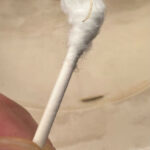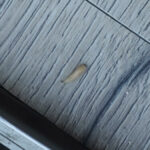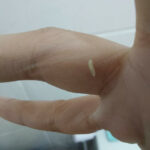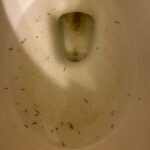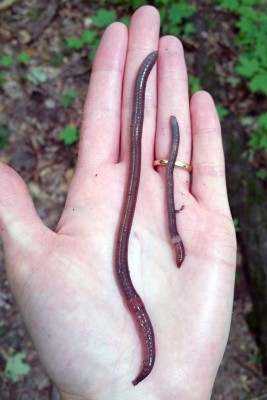If you’re interested in raising earth worms, look no further than the several simple steps for composting. While you will use the same materials for composting that you would for raising earth worms, there is one difference between raising earth worms and composting. When raising earth worms, you won’t have to “turn” your worm system. When composting, it is essential to turn your worm system to encourage aeration.
Raising Earth Worms
Earth worms need darkness, food, moisture, oxygen, and warmth to survive. The earth’s rich soil provides darkness, moisture and warmth while organic materials such as leaves, plants, fruits and vegetables provide food. The worms burrow into the ground creating holes. These holes are excellent for oxygen flow. So to begin the process of raising healthy and happy worms, gather the following materials:
1. A shallow container with a high surface area to volume ratio (a Rubbermaid tub is an excellent option)
2. Raw fruits and vegetables
3. Moist leaves, shredded cardboard, paper (called “bedding”)
4. Earth worms
Earth worms can be purchased from a number of online retailers or at most plant and pet stores. If you prefer to dig, you can find earth worms in your own garden or backyard. Once you have your earth worms in hand, wash out the container or bin that you are using. If you have a wooden bin, line the bottom of it with sturdy plastic such as a heavy trash bag or shower curtain. Mix the organic materials together and add the worms.
After several weeks, you will notice that the worms have gobbled their way through the materials. This means it’s time to add more food. This is also a good time to make sure that the leaves (also called bedding) are still moist. A good way to measure moisture is by using the sponge test. If the bedding feels like a wrung out sponge, then it’s ok. If it is not, it’s time to add water. It is important not to add too much water because too much can interfere with oxygen. So, again, use the wrung out sponge as a measuring tool.
Next, it is important to keep temperatures in the ideal breeding range and to keep the bin in a dark area. Ideal breeding temperatures range from around 77 degrees Fahrenheit to 86 degrees Fahrenheit (max). Use a thermometer to keep track. Worms prefer the darkness, which is why you will rarely find hoards of worms wriggling around in the sunlight. Another reason is that the sunlight dries the worm’s skin out. Worms breathe through their skin, so they need moisture to survive. There are several ways to keep the worms abode dark. You can keep your system in a very low light area, you can use opaque bins, and you can also use a large amount of bedding to block out excessive amounts of light.
If you would like to observe your earth worms for extended periods of time, you can set up a dark room. Red lights do not bother worms, so a dark room is the ideal space for those interested in long periods of observation. Earth worms may be purchased at just about any pet or plant store, at bait and tackle stores, and even at retailers such as Wal-Mart. Just look in the sporting goods section in the refrigerated cases. Good luck!
All About Worms is always free, always reader-supported. Your tips via CashApp, Venmo, or Paypal are appreciated! Receipts will come from ISIPP Publishing.




